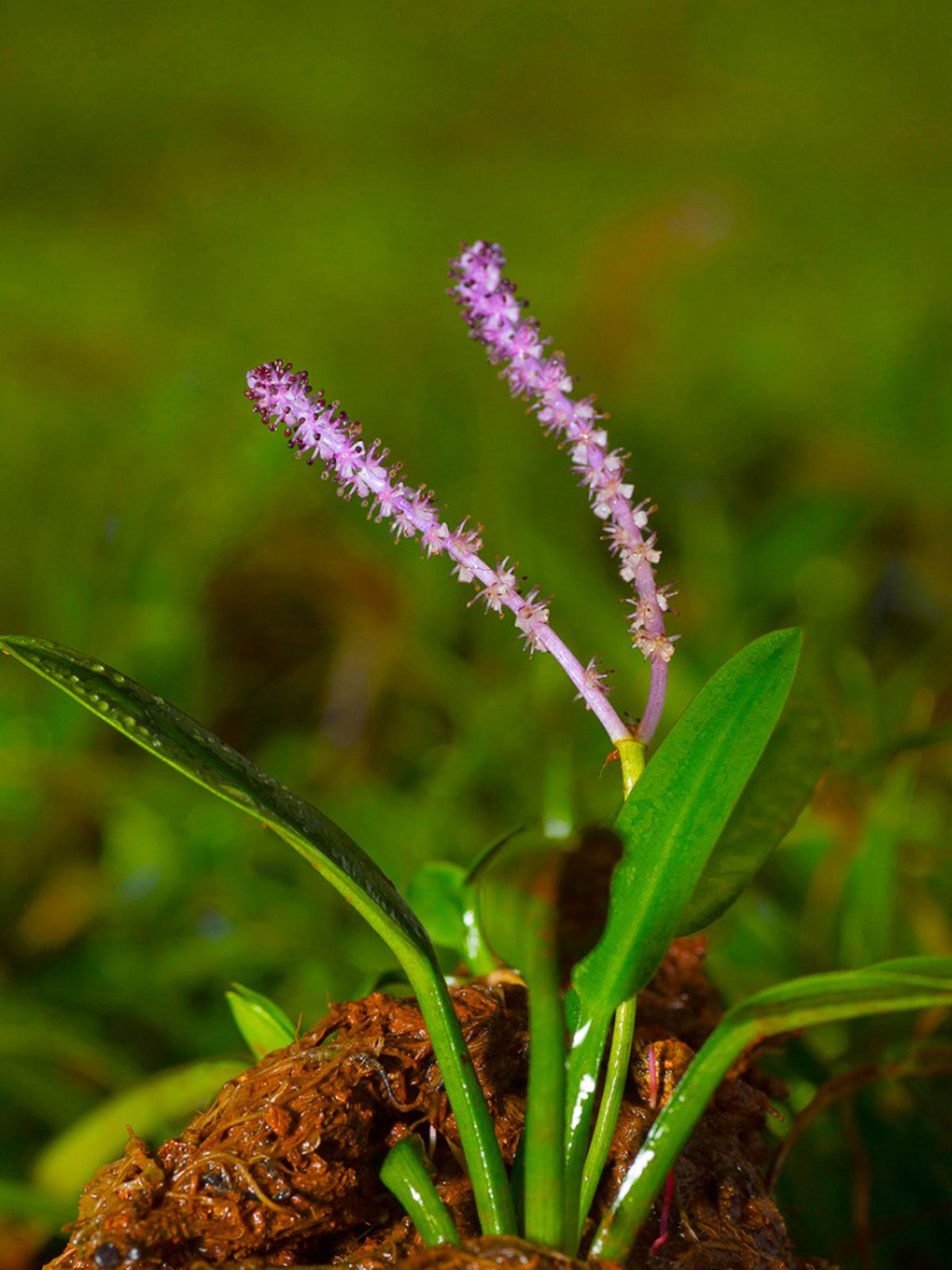Aponogeton Plant Care: Growing Aponogeton Aquarium Plants


You aren’t likely to be growing Aponogeton unless you keep an aquarium in your house or a pond in your garden. What are Aponogeton plants? Aponogetons are a truly aquatic genus with a variety of different species that are planted in fish tanks or outdoor ponds.
If you are putting in a fish tank or garden pond, it’s time you learn about the Aponogeton genus. While some tropical plants are difficult to care for, growing Aponogeton which you buy from the aquarium is quite easy, even for a beginner.
What are Aponogeton Plants?
Aponogeton is the name of this genus of aquatic plants. Included in the genus are a wide variety of plants native to tropical and subtropical regions of Africa, Asia, and Australia. Many of these varieties are simply too large or require too much of a resting period to be used as Aponogeton in aquariums.
Aponogeton aquarium plants are unique in that they grow from tubercles, starchy bulbs similar to garden bulbs. These bulbs store sufficient energy reserves to help the plant through the growing season. Healthy tubercles can live in the sand for several months, even growing foliage; but to keep growing, they require a rich substrate that provides adequate nourishment.
Growing Aponogeton in Aquariums
The most popular (and least expensive) Aponogeton aquarium plants are Aponogeton crispus, native to Sri Lanka in southeastern Asia. Crispus grows in the wild in running waters and seasonal ponds, where it goes dormant in the dry season.
Crispus is a submerged aquatic plant with a small, round rhizome. These plants are usually sold as "wonder bulbs" in hobby or aquarium stores and may be hybrids such as crispus x natans. A true crispus will develop reddish leaves that do not float, while hybrids have green leaves that may be floating.
Crispus hybrids are desirable plants for someone just getting started with aquatic horticulture since plant care is quite easy. These varieties are very undemanding and will even produce flowers as long as they are given a fairly clean environment and some lighting. Hybrids often do not need to pass through a lengthy dormant period.
Gardening tips, videos, info and more delivered right to your inbox!
Sign up for the Gardening Know How newsletter today and receive a free copy of our e-book "How to Grow Delicious Tomatoes".
Aponogeton undulates and Aponogeton natans are other potential aquarium plants that require minimal Aponogeton plant care. If you opt for fancier aquarium plants, you may find that they have more difficult care requirements. Aponogeton ulvaceous, for example, is an exceptionally beautiful species. As a large, lime-green plant with wide, wavy-edged leaves, it needs a strong water flow and requires a significant rest period.

Teo Spengler is a master gardener and a docent at the San Francisco Botanical Garden, where she hosts public tours. She has studied horticulture and written about nature, trees, plants, and gardening for more than two decades. Her extended family includes some 30 houseplants and hundreds of outdoor plants, including 250 trees, which are her main passion. Spengler currently splits her life between San Francisco and the French Basque Country, though she was raised in Alaska, giving her experience of gardening in a range of climates.
-
 Looking For Plants To Give You The Soft And Fuzzies? Try These 5 Fuzzy Leaf Plant Options
Looking For Plants To Give You The Soft And Fuzzies? Try These 5 Fuzzy Leaf Plant OptionsLovers of texture, drama, silver foliage and tactile plants will adore these special sensory garden additions. These fuzzy leaf plant options will leave you all aglow
By Susan Albert
-
 Get Ready For A Summer Of Hummers! Grow These Full Sun Hummingbird Plants and Flowers
Get Ready For A Summer Of Hummers! Grow These Full Sun Hummingbird Plants and FlowersIf you’re lucky enough to enjoy a sunny backyard, make sure you are maxing out on your pollinator opportunities and grow these full sun hummingbird plants and flowers
By Tonya Barnett